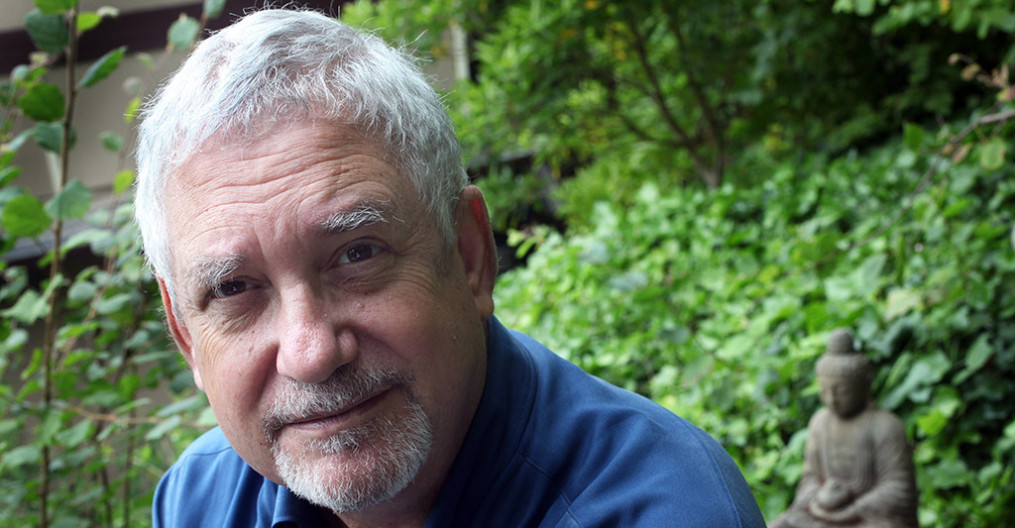As readers may be discovering, I like cinema moments as teaching tools. The one I am thinking of today is in The Untouchables, starring Kevin Costner and Sean Connery. In one tense scene, federal agents, together with a grizzled veteran Chicago cop (played by Sean Connery) are waiting in an isolated cabin for a convoy of Al Capone’s bootlegger henchmen to cross the Canadian border. The two federal agents are nervously checking and rechecking their weapons. Sean Connery watches them in silence for a while.
Then he says, “Have you checked them?”
The agents nod.
“Then leave ’em alone!” the Sean Connery character barks.
I think of this scene when I think about worry. There’s much to worry about as we grow older. Besides our own selves–our health, our finances, our careers or retirement, our future-there are our children, our friends, our friends’ children, on and on. As we age we have more to care about, and it is natural that we exercise our care through worry. Worry is good, up to a certain point, as I have written about in earlier blogs.
But after a point it doesn’t help, it just recycles our anxiety in an unhealthy addictive loop. I have found a simple mindfulness practice helps. First, make a list of all the worries circulating in your brain–one word for each worry will do. And then each time a worrisome thought surfaces, ask, “Is this one on my list?” If it is, add it. If it isn’t, then like Sean Connery, say to yourself, “Leave it alone!”
After a while, there won’t be any new worries to add, just the gravelly voice of Sean Connery telling you to leave it alone. You can check your list the next day, or the next week-each time worry arises–and notice whether one of the worry words has resolved, and can be removed from the list. Managing this list is a lot easier on the psyche than managing your worry, and it enacts the basic Buddhist teaching that awareness of something afflictive changes it, and eventually “self-liberates” it.
As the Buddha taught, “Nothing lasts,” even worry.












